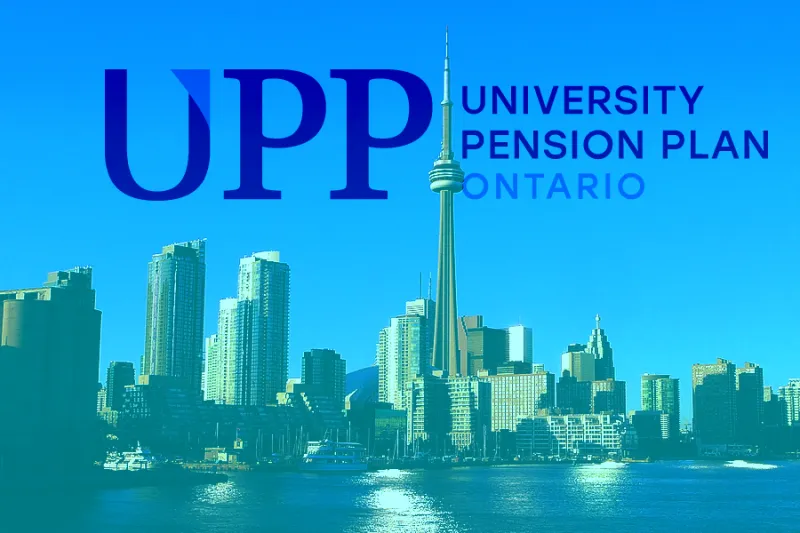One of Canada’s youngest pension funds, the University Pension Plan, has hit the ground running, balancing strong returns with a net zero mandate.
The plan inked 10.2 percent returns for 2023, hitting C$11.7 billion in assets in its third year of operation, according to its latest annual report. UPP combined assets from several Canadian universities in a bid to leverage scale and expertise for the schools.
“We have the full team, we have the infrastructure, we’re ready to go,” said Aaron Bennett, UPP’s chief investment officer by phone.
After assuming full management of the universities’ portfolios, UPP had to untangle what exactly they owned, and how those assets would fit into UPP’s new allocation strategy. New asset owners typically have to push to get the allocations they want, especially at exclusive private funds that aren’t allowing new LPs to join the mix.
But UPP’s problem was different. The various university portfolios already had quite a few name-brand managers, and were already invested in things like private credit that grew significantly more popular since the plan launched.
In other words, UPP had a leg up on other upstarts: It had to determine which managers it would double down on, rather than hunting for new opportunities.
“We were really looking for who is most aligned, who is going to help us get where we need to go, and who is just accepting fees from us,” Bennett said. “We were doing that in the context of a tricky market.”
Among the managers that currently invest $50 million or more on UPP’s behalf are big names like BlackRock, AQR Capital Management, Brookfield, and Two Sigma. UPP also has invested with digital infrastructure and AI firm DigitalBridge and real estate firm Q Residential, among several others, its annual report shows.
UPP is looking for two things in the managers it will continue to do business with: the opportunity for co-investments, and the ability to tailor the investments to meet its responsible investing commitments. The second requires transparency from managers, who respond to a tailored — short, Bennett emphasizes — list of questions from the pension fund.
“We have a net zero commitment,” Bennett said. “We want to be aligned with managers who support us through that. We want folks that are going to be transparent about what they are doing.”
The pension plan set out to reduce its carbon footprint by 17 percent against its 2021 baseline by 2025. It has already achieved that goal and plans to commit at least $1.2 billion to climate solutions by 2030.
This looks different for different asset classes. In public equities and fixed income, UPP is using separately managed accounts to ensure that it can get transparency from managers. In its absolute return/hedge fund manager bucket, the organization set up a managed account platform.
The fund is also investing in climate-focused managers, including Copenhagen Infrastructure Partners, which is focused on renewable energy, and, according to Bennett, provides steady cash flows to the fund.
While UPP is choosing which managers to keep, it hasn’t turned to the secondary markets to sell off the funds it doesn’t want to hold.
“We've been very fortunate in that we came into 2023 with a ton of liquidity,” Bennett said. “In 2022 and 2023 it looked like a good time to be a buyer and not a seller. Would we look at this in the future? Possibly but it wouldn’t be driven by the need for liquidity.”







